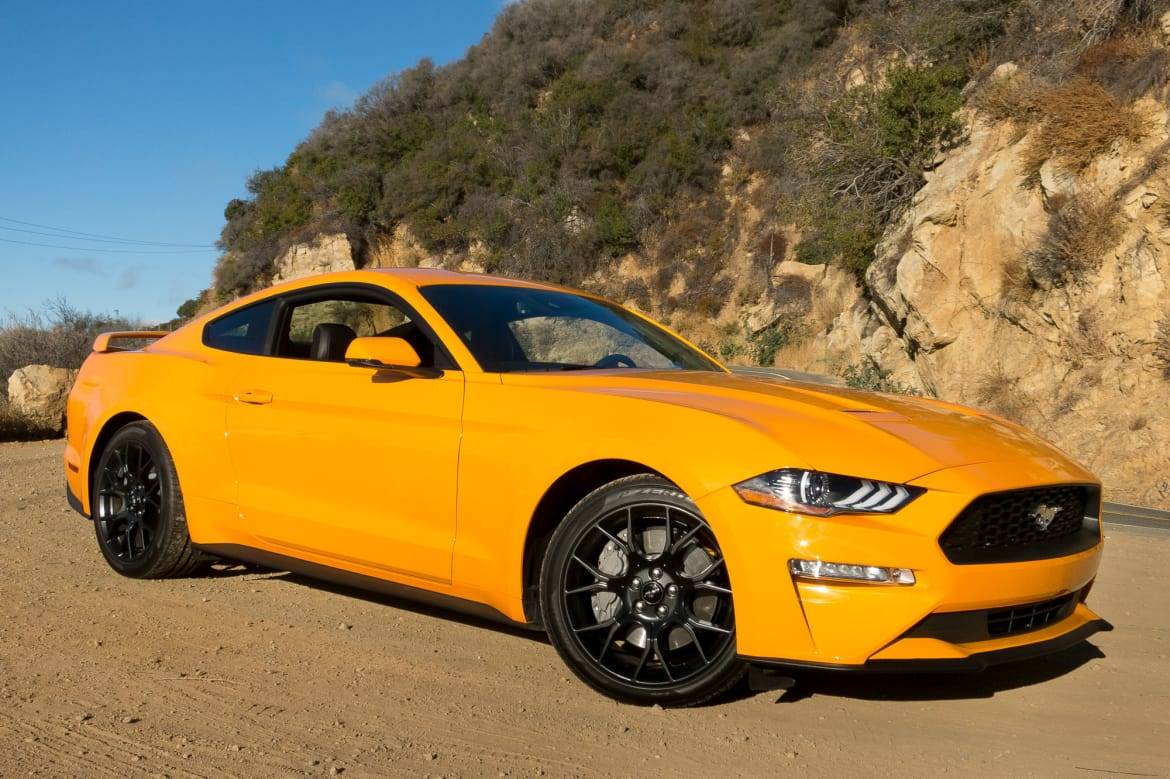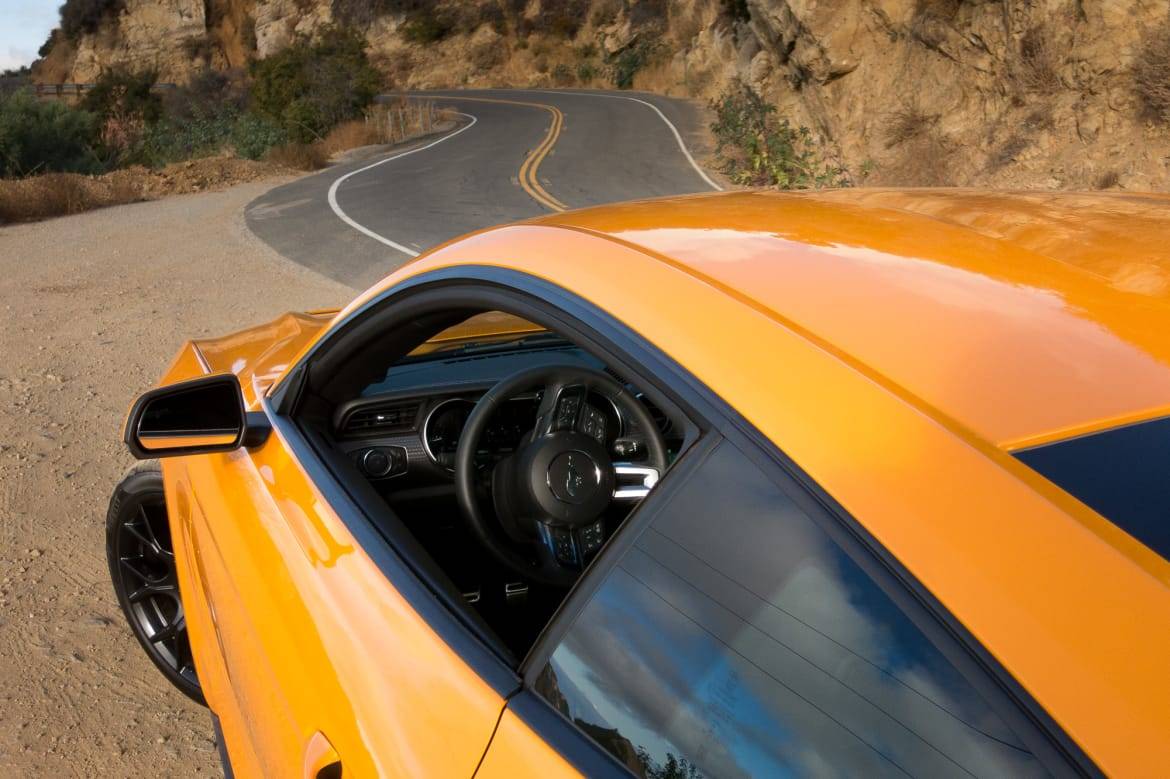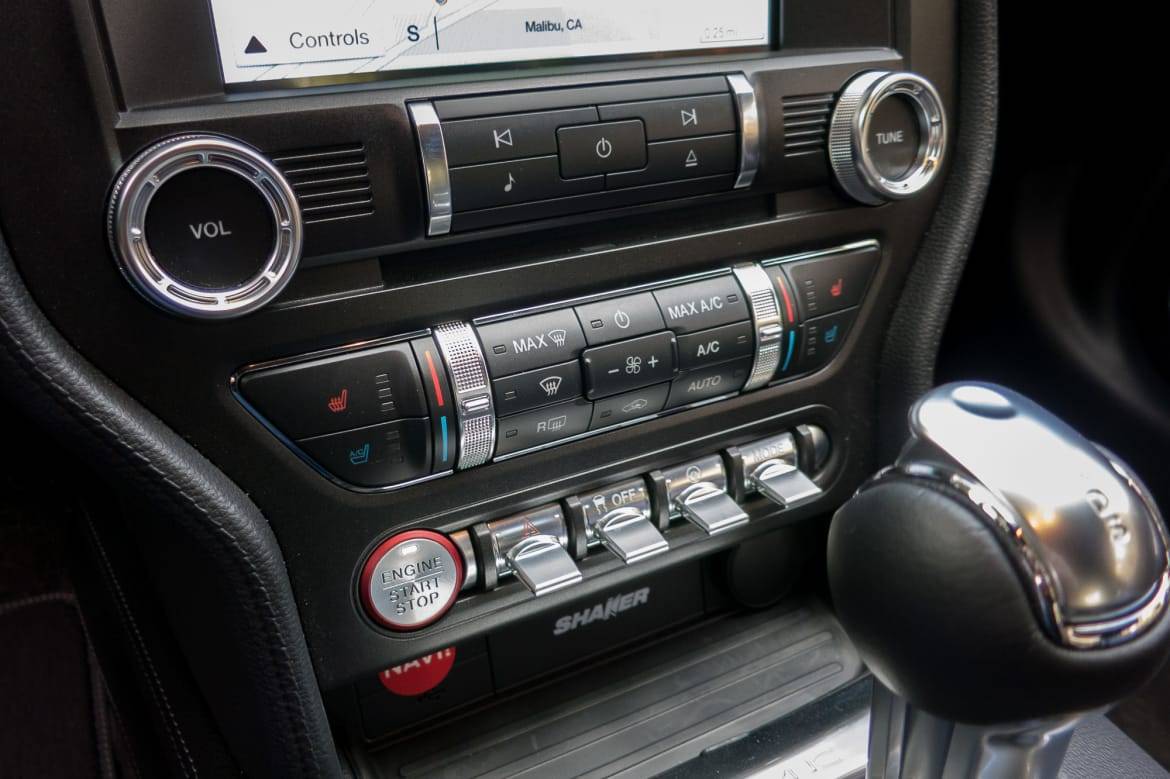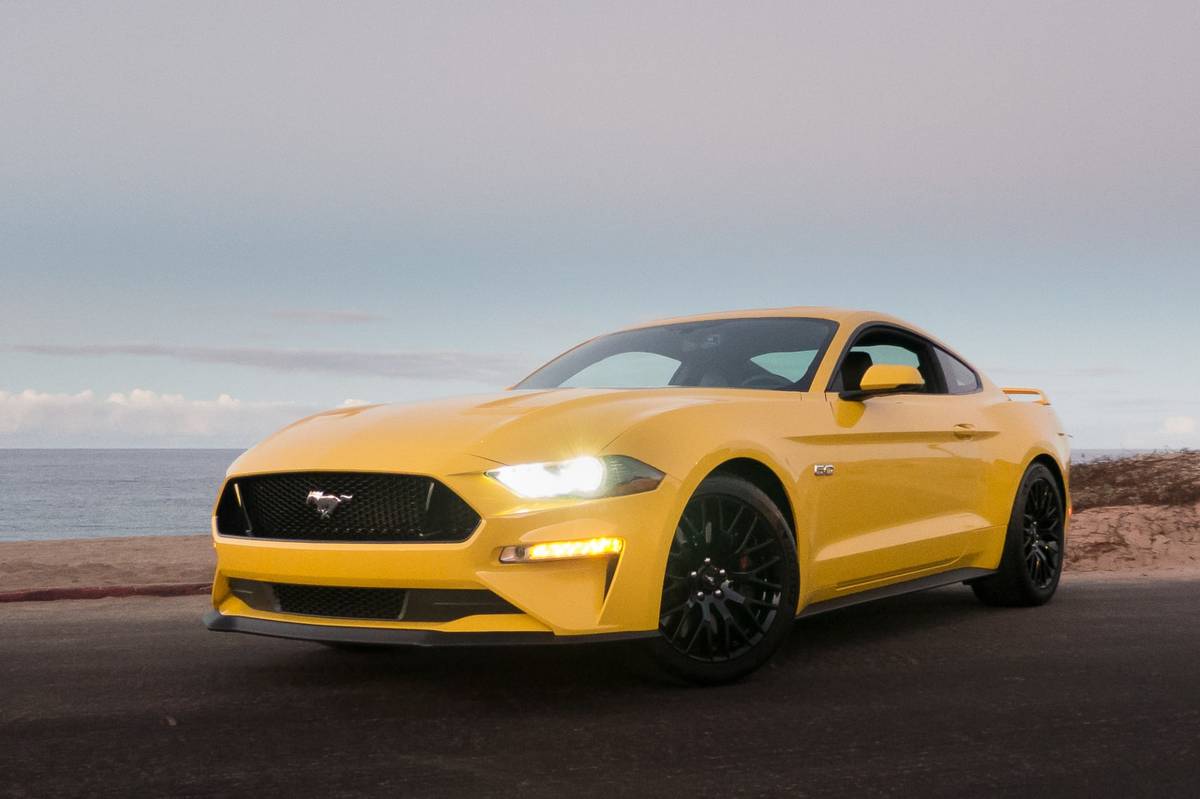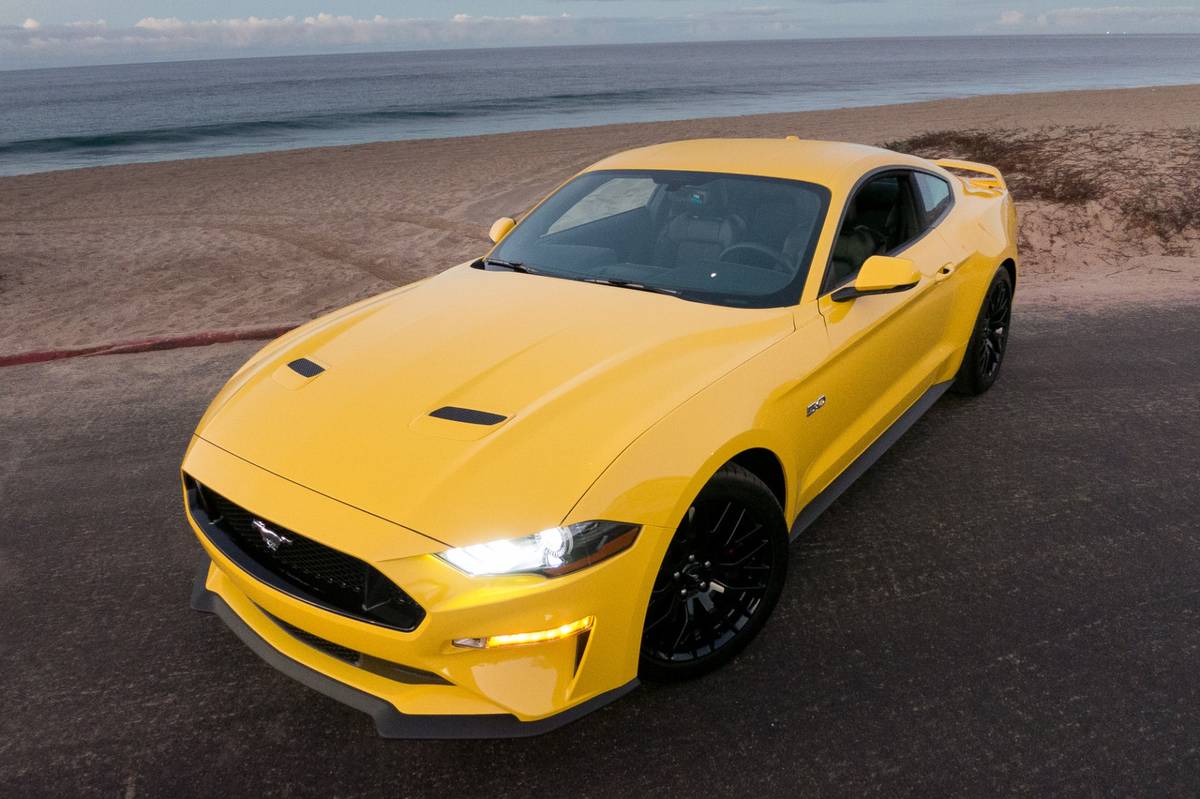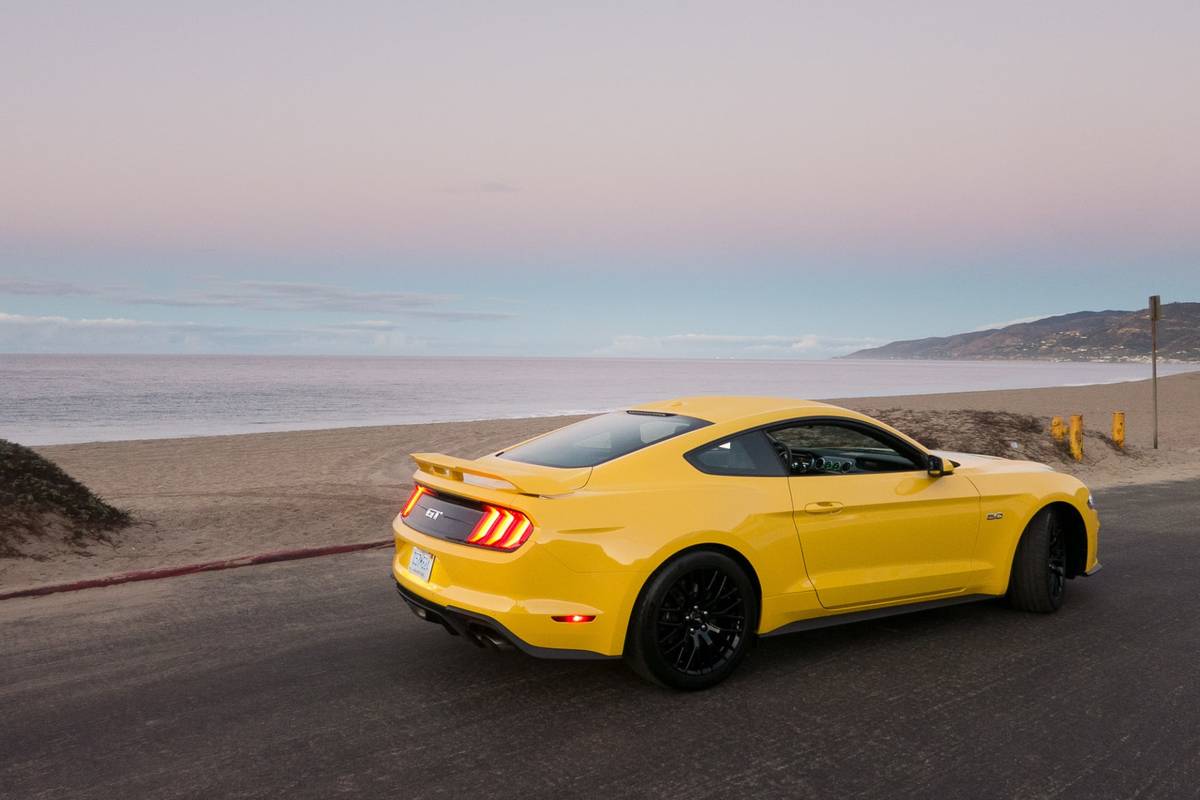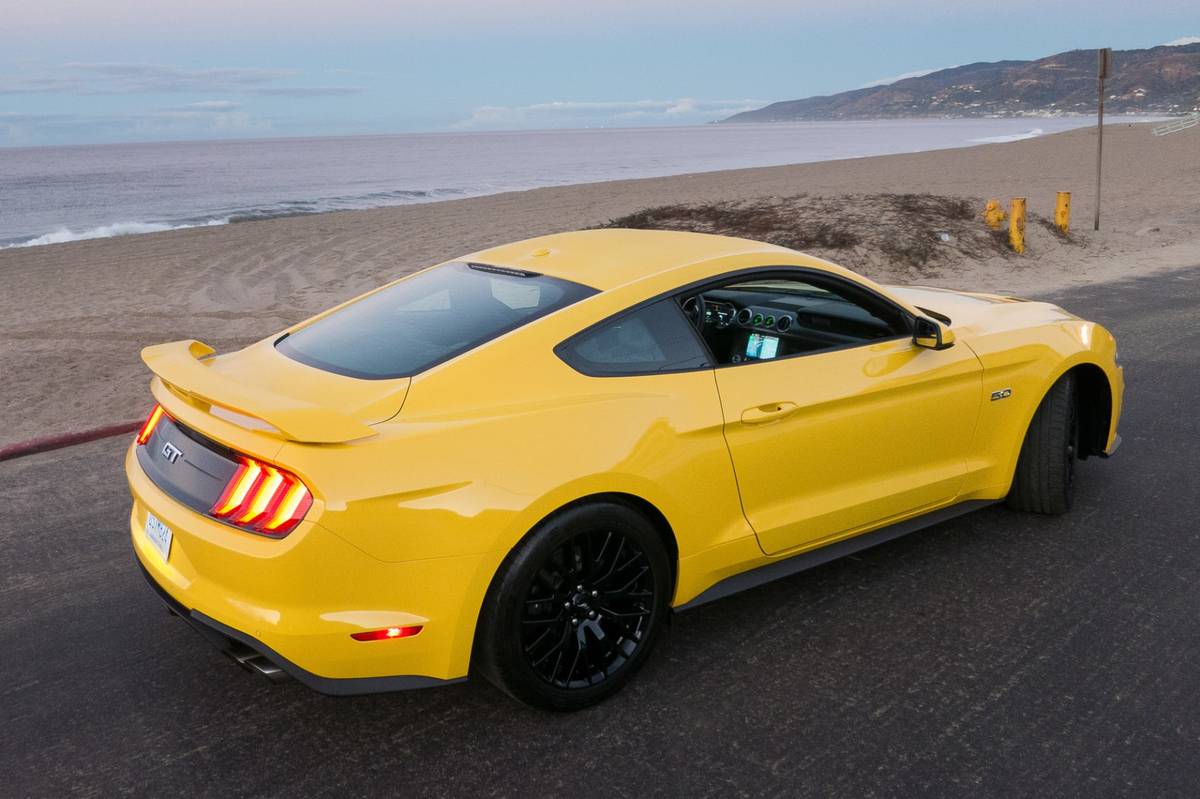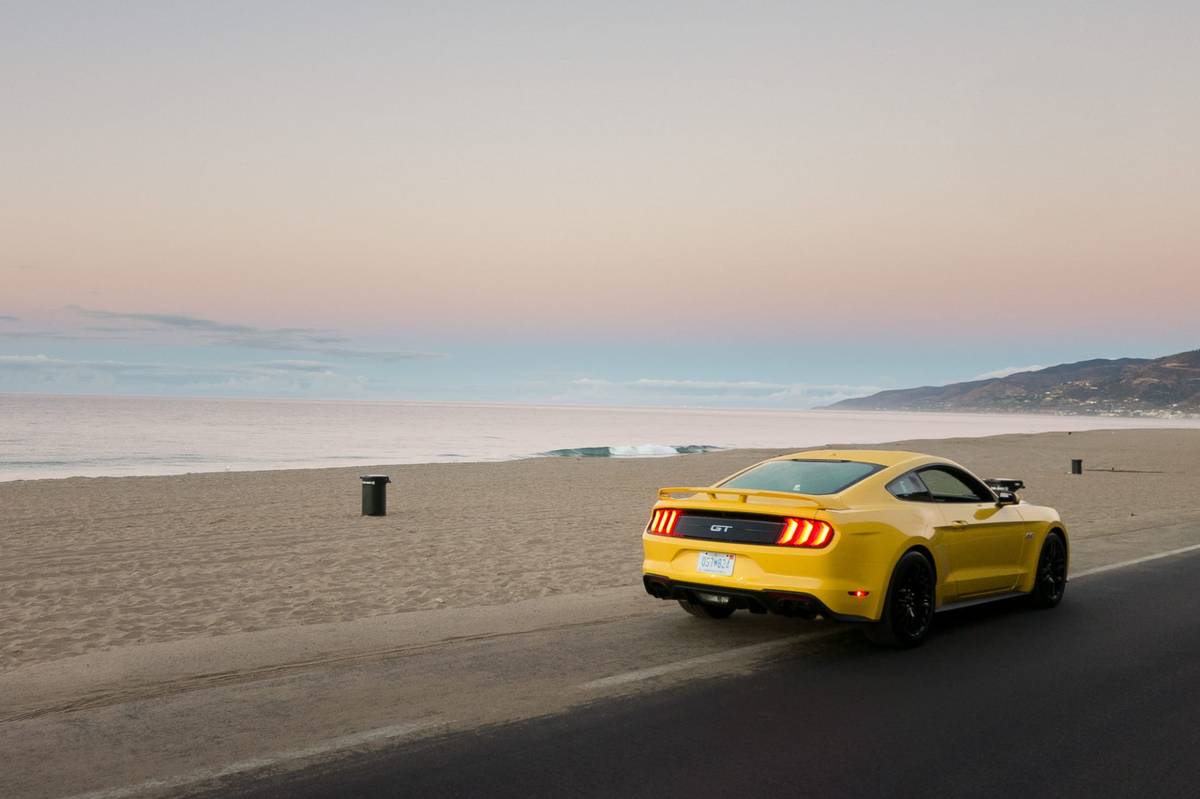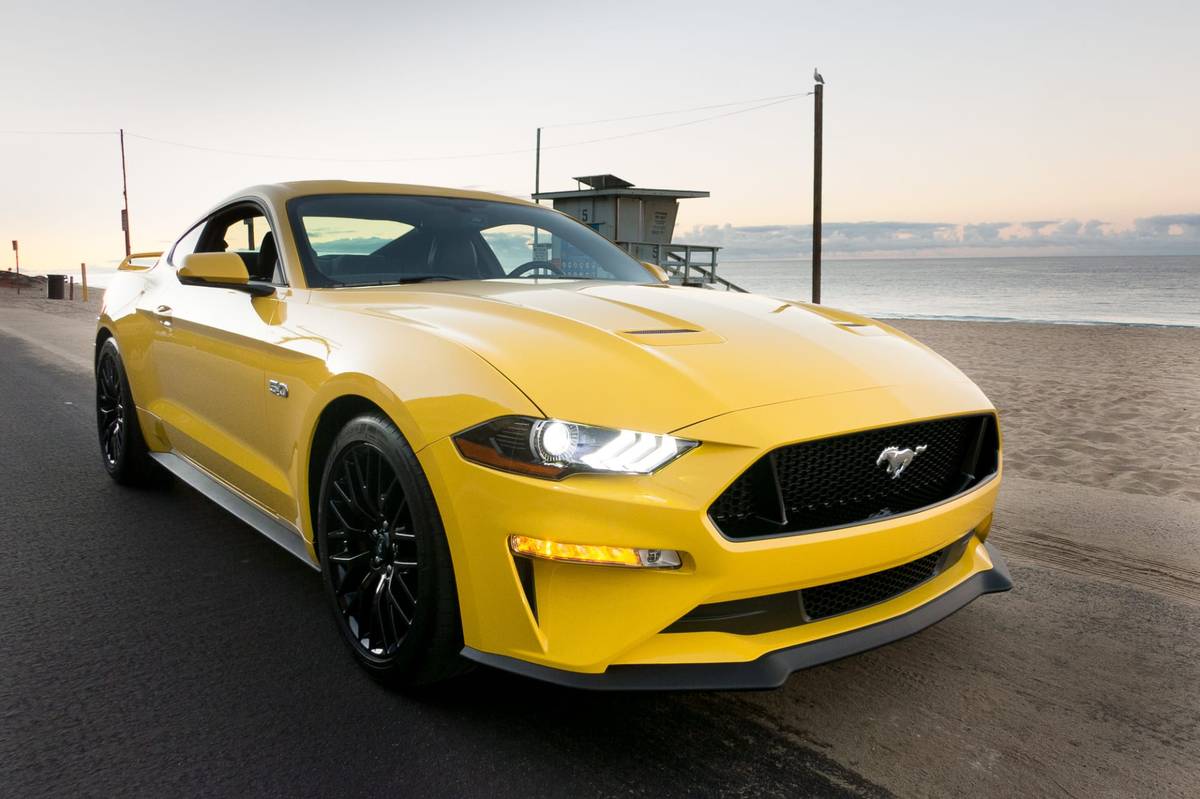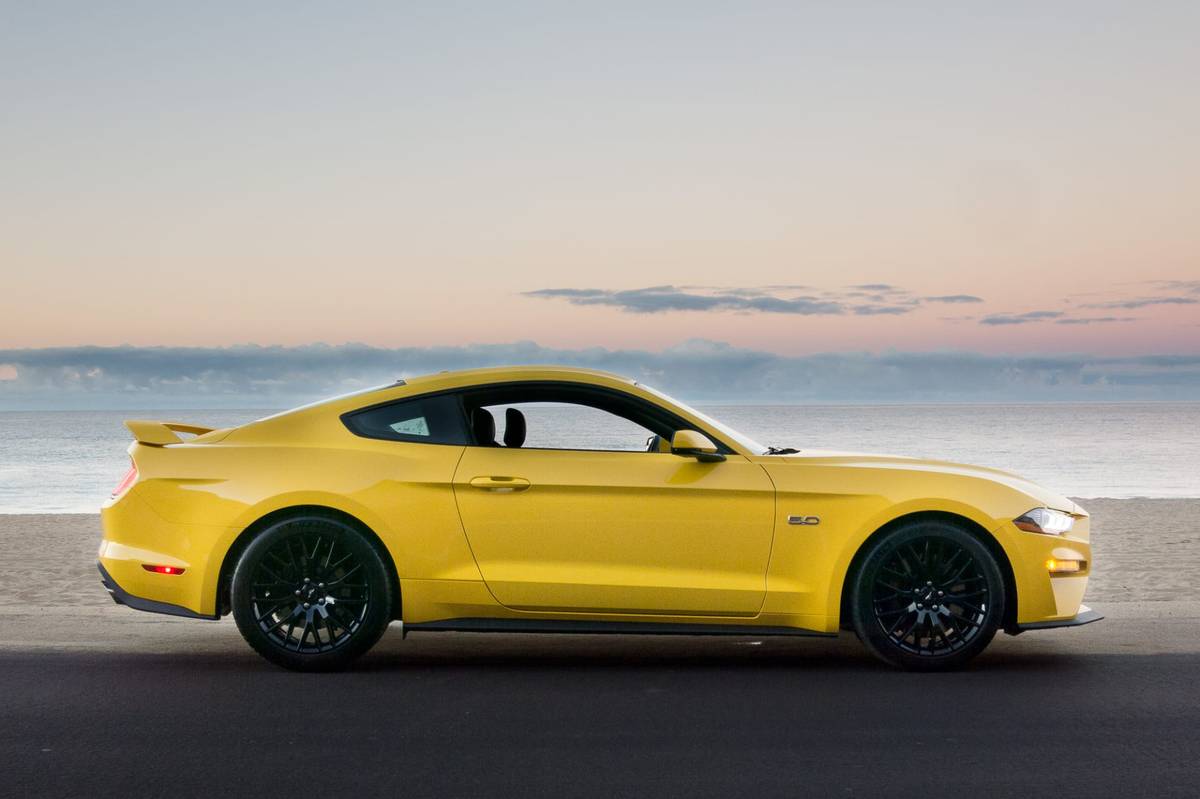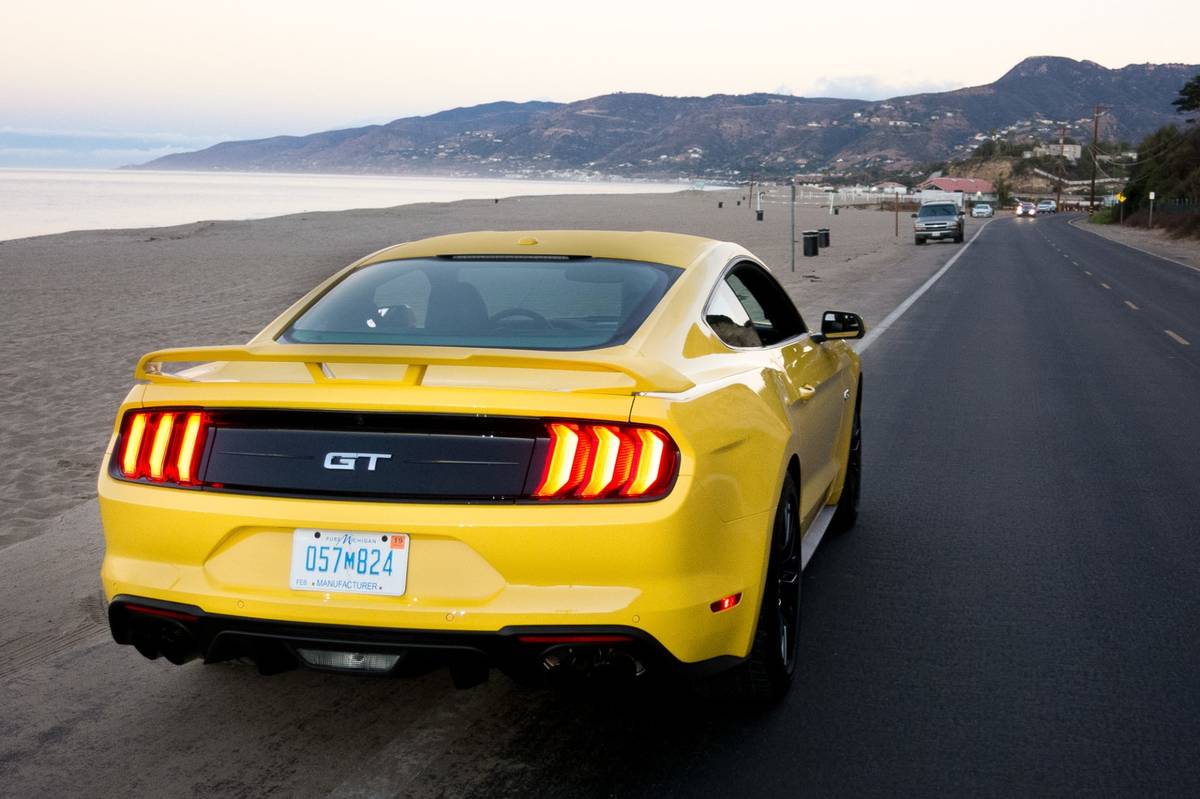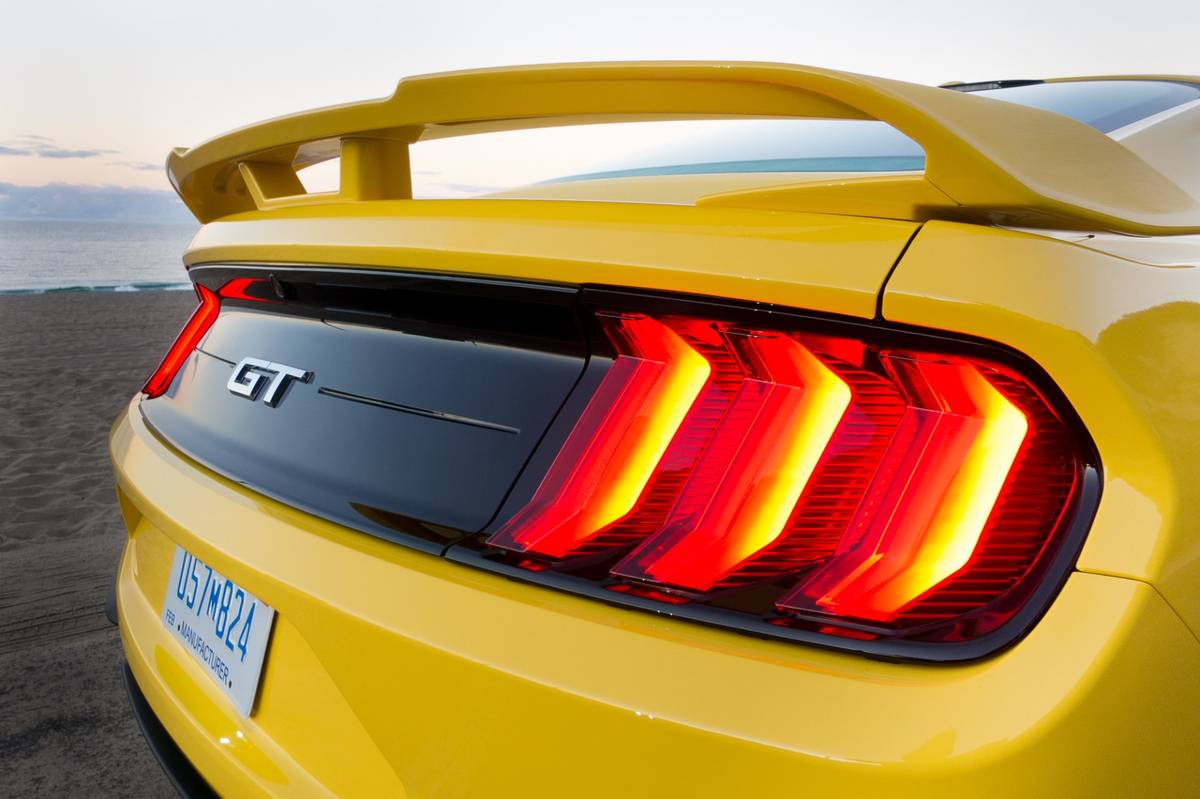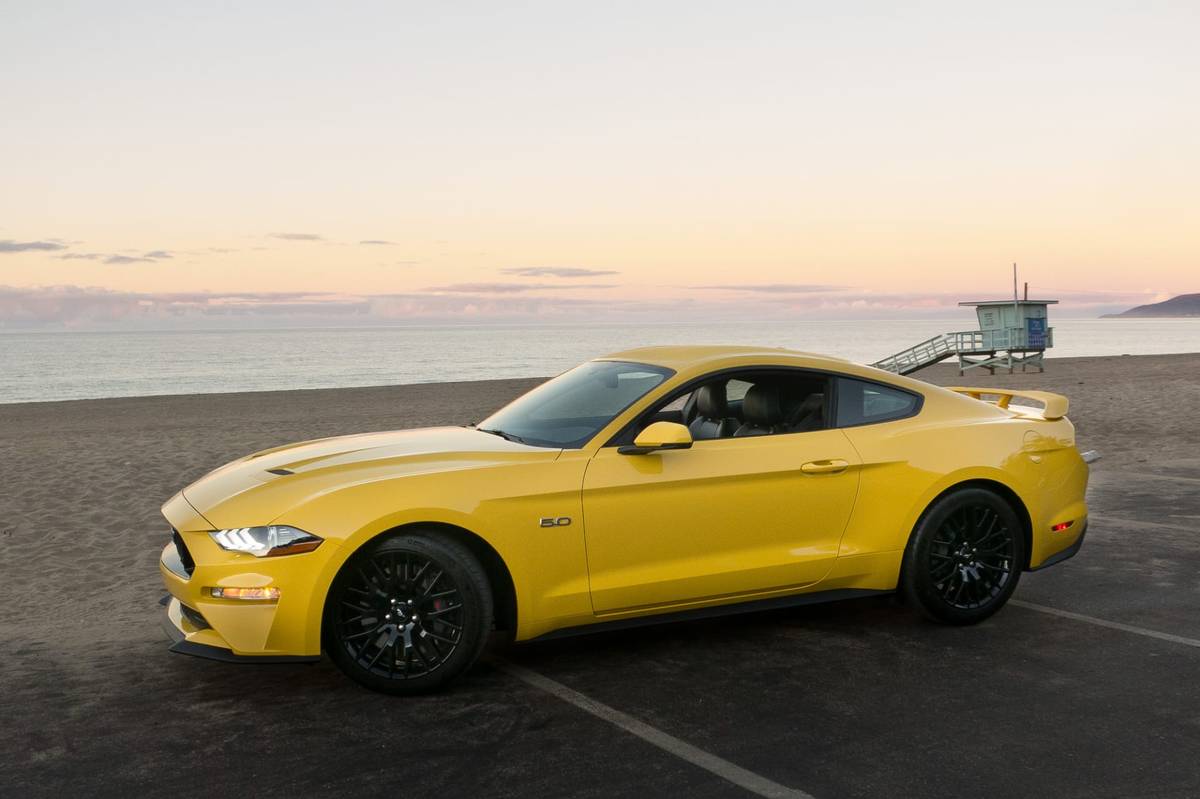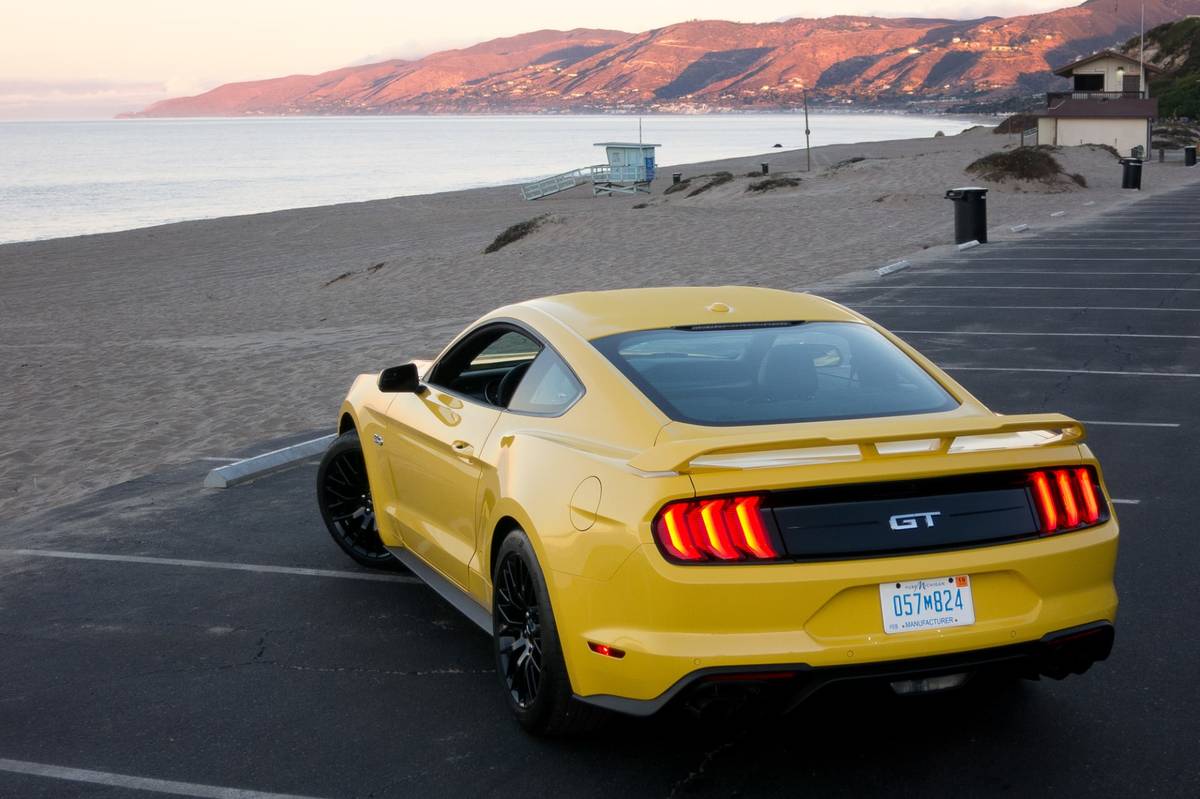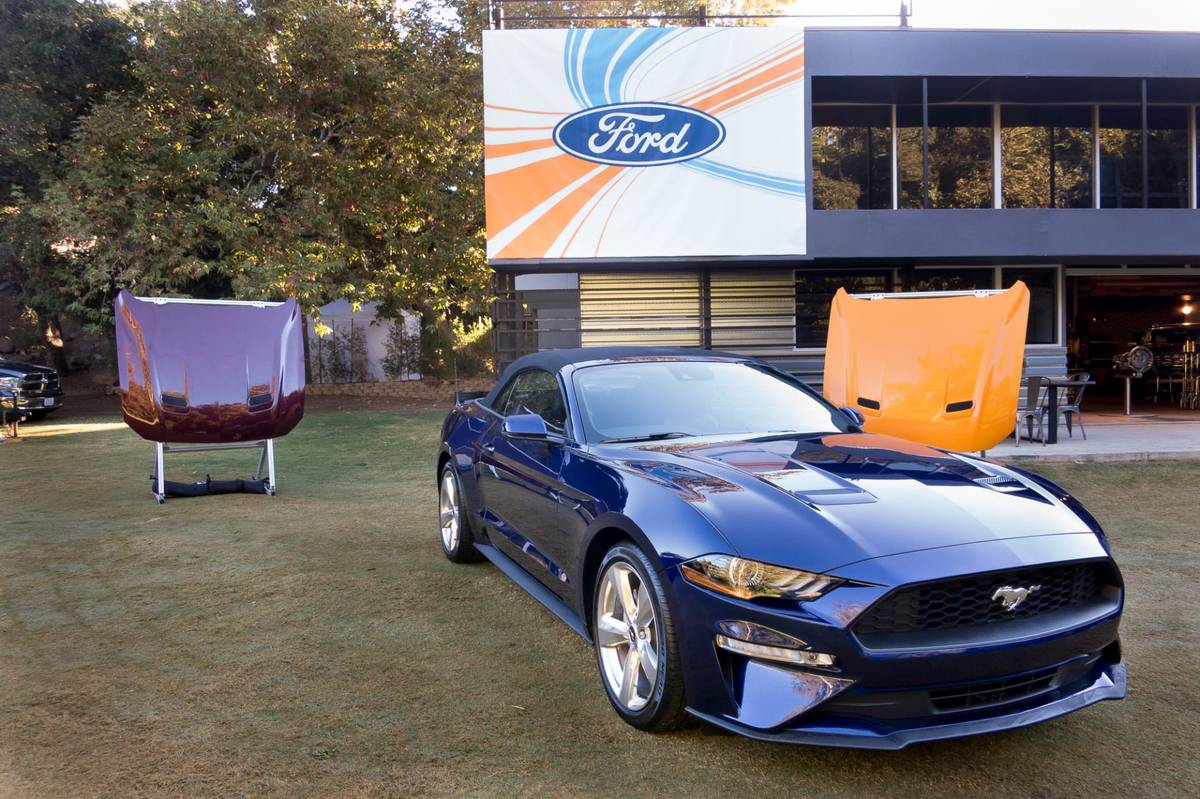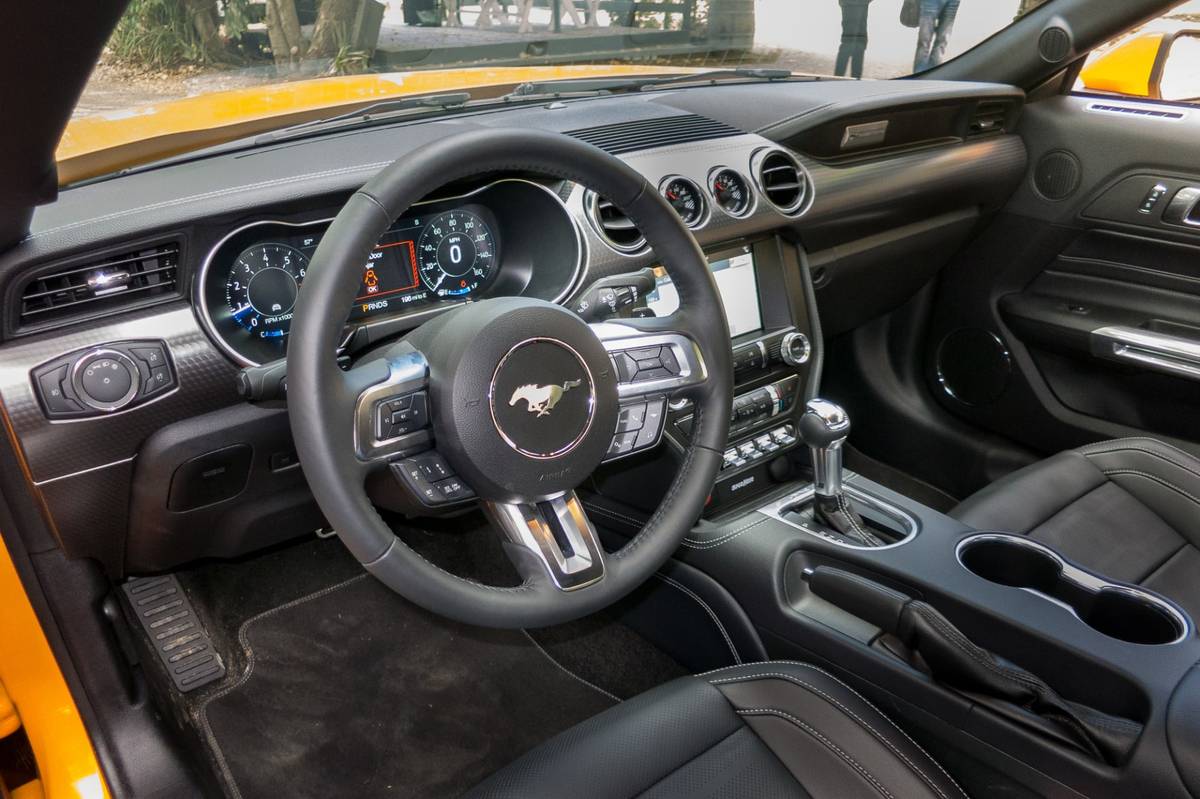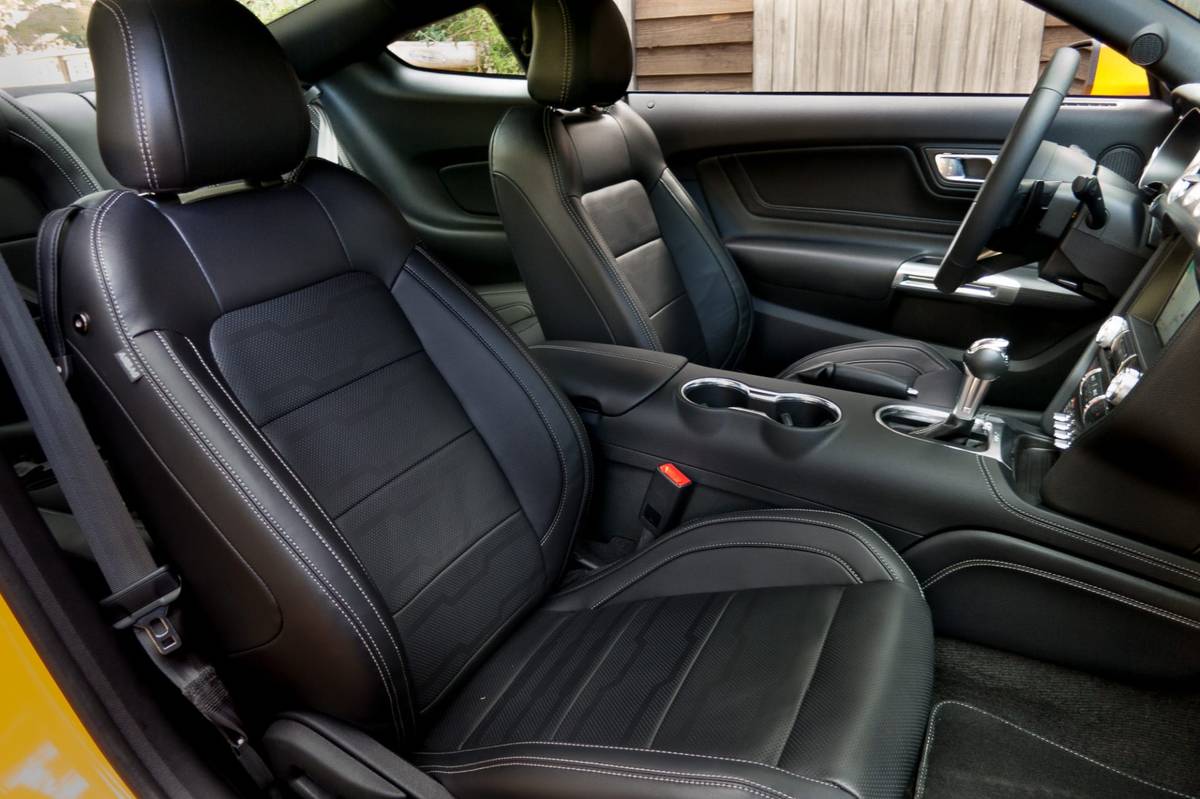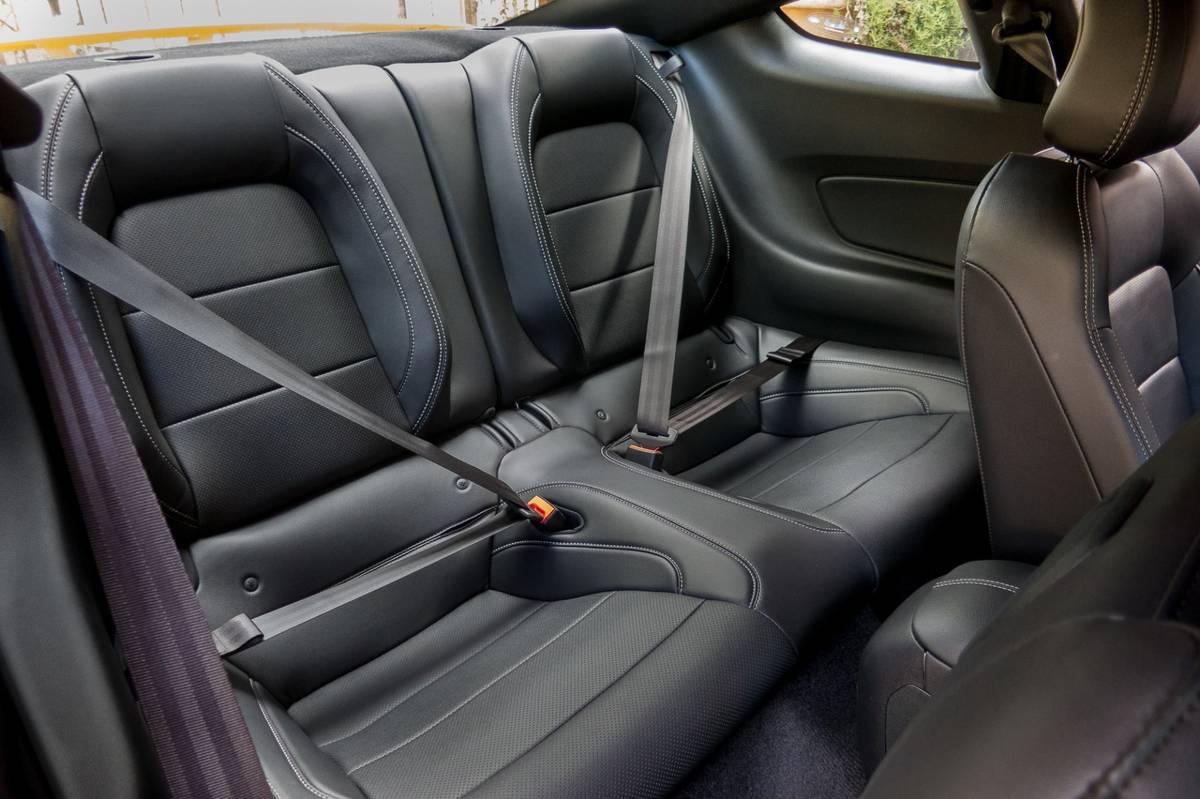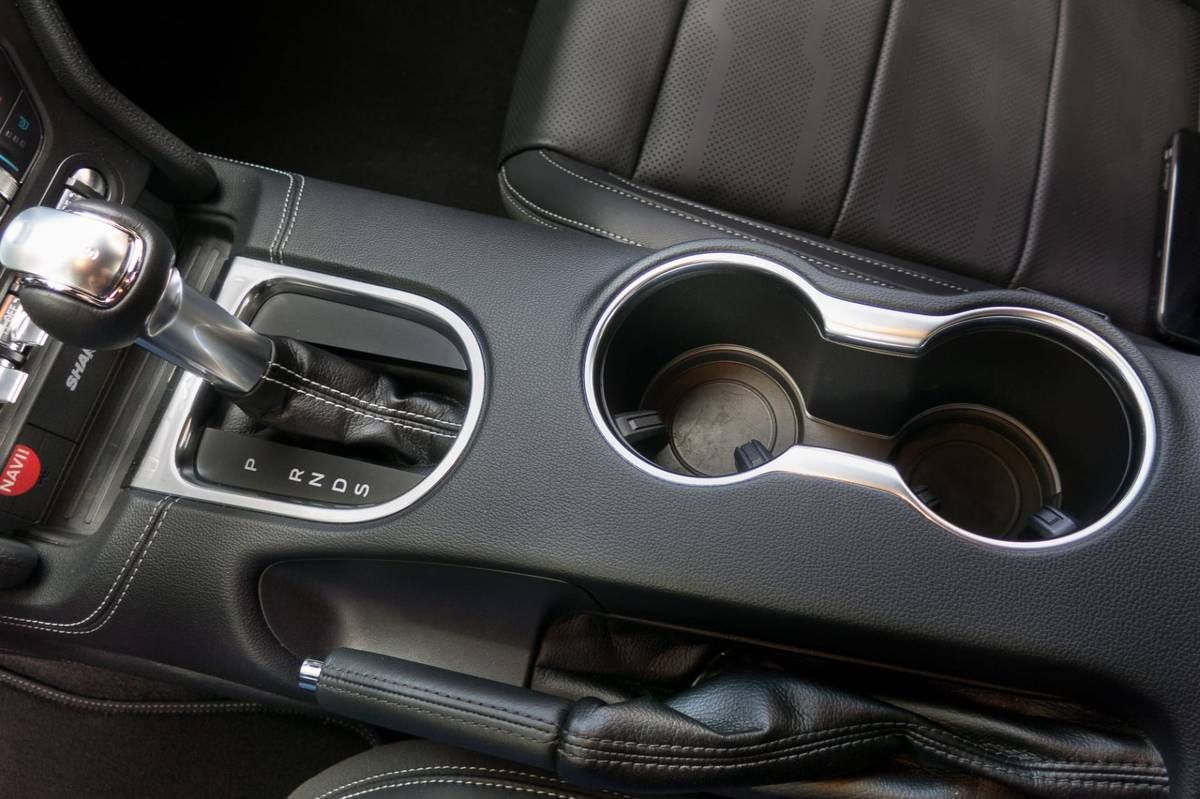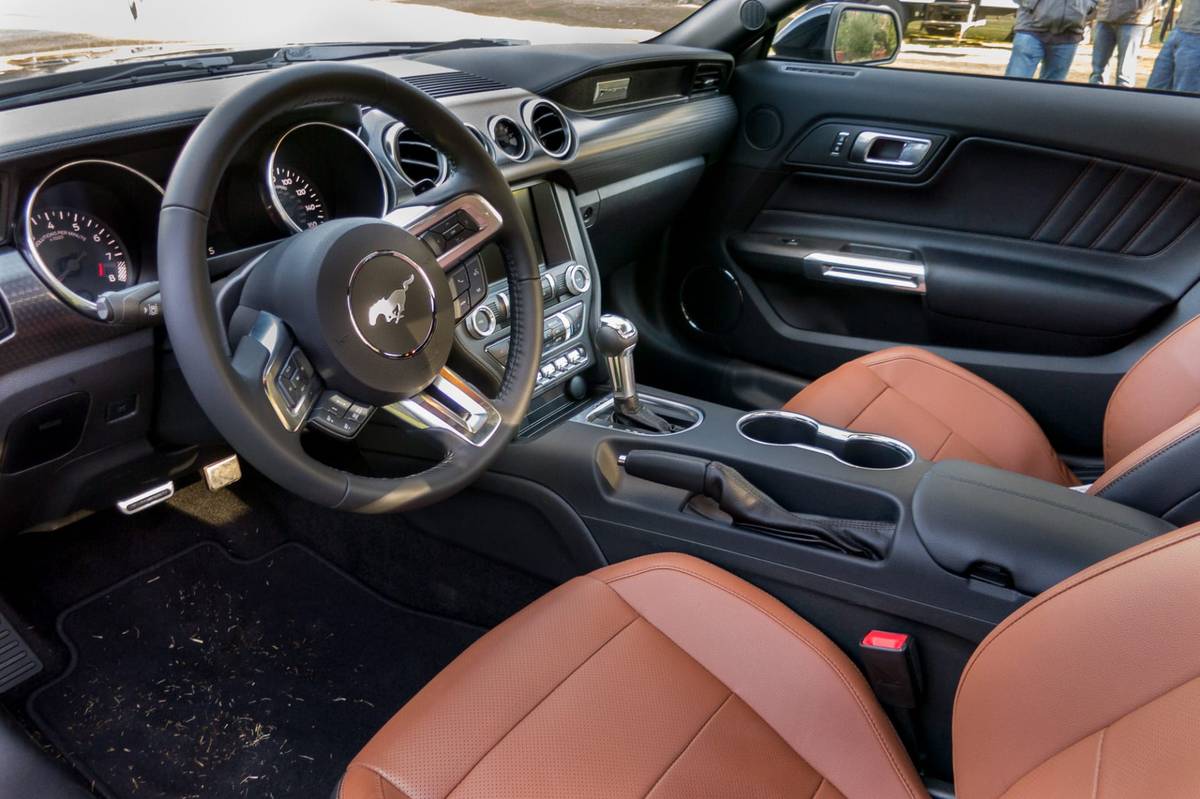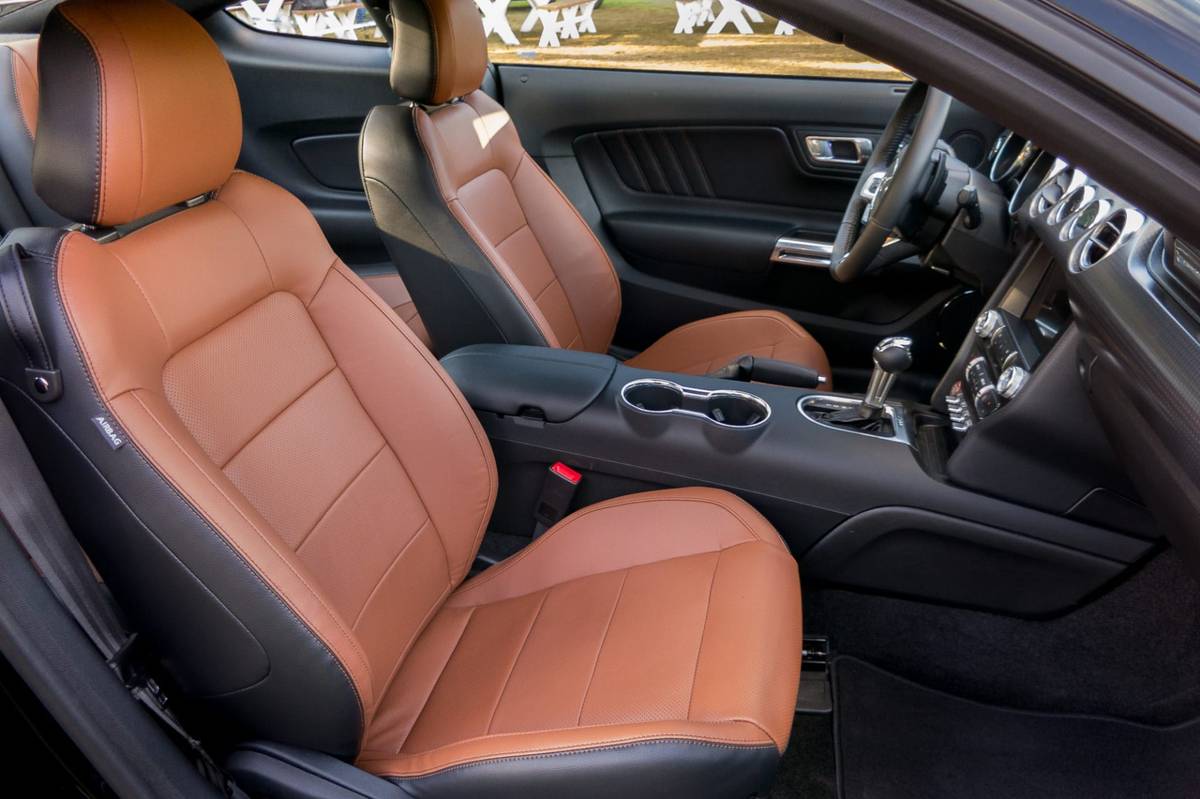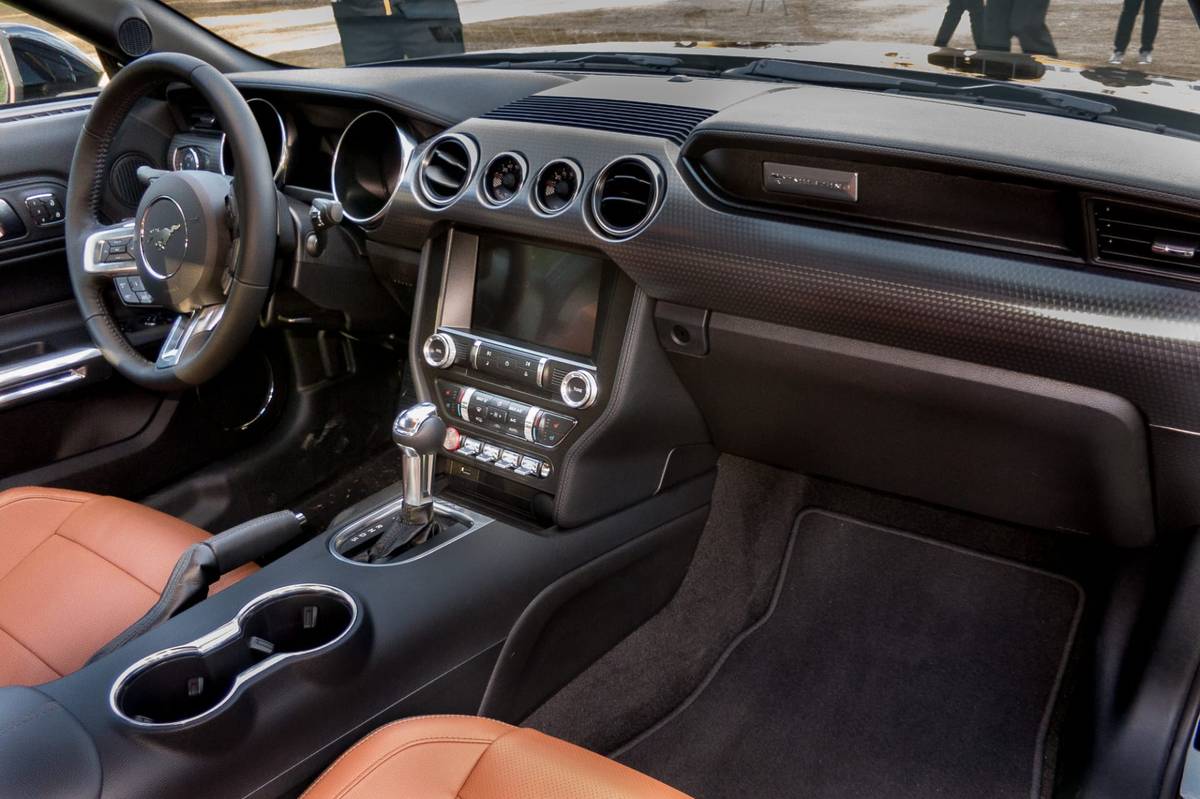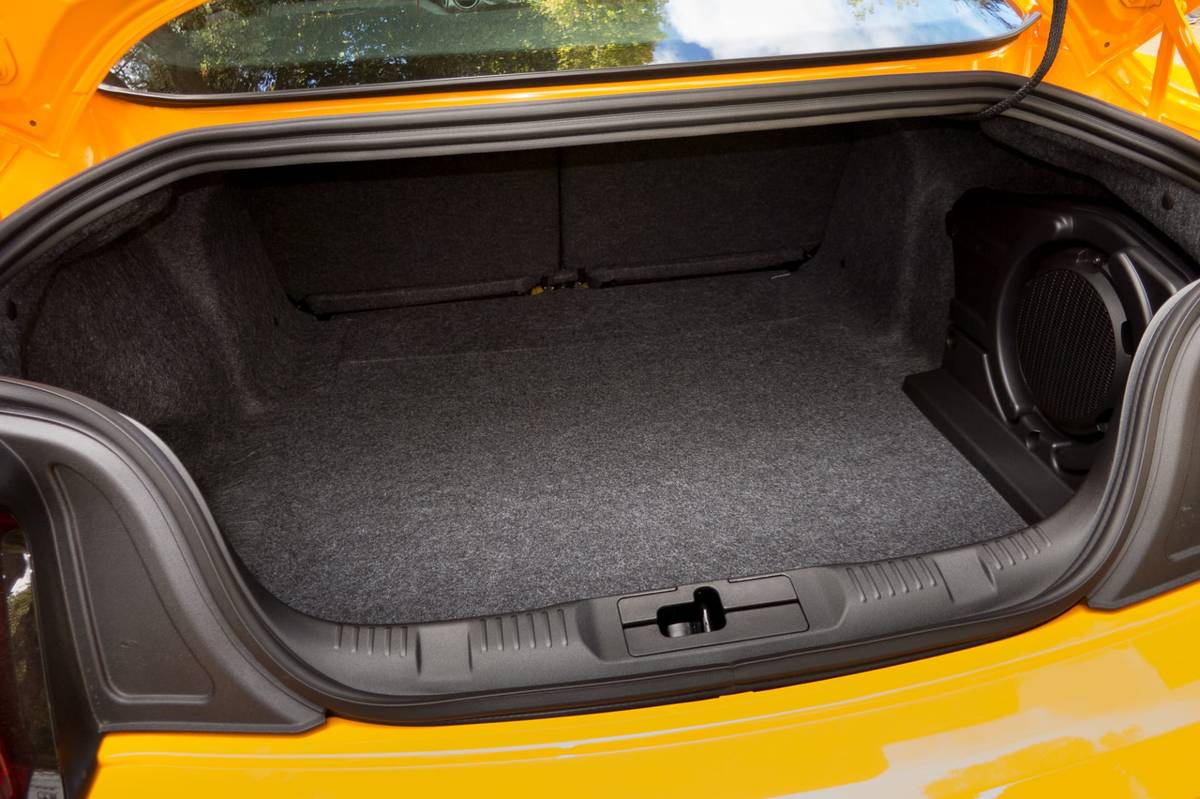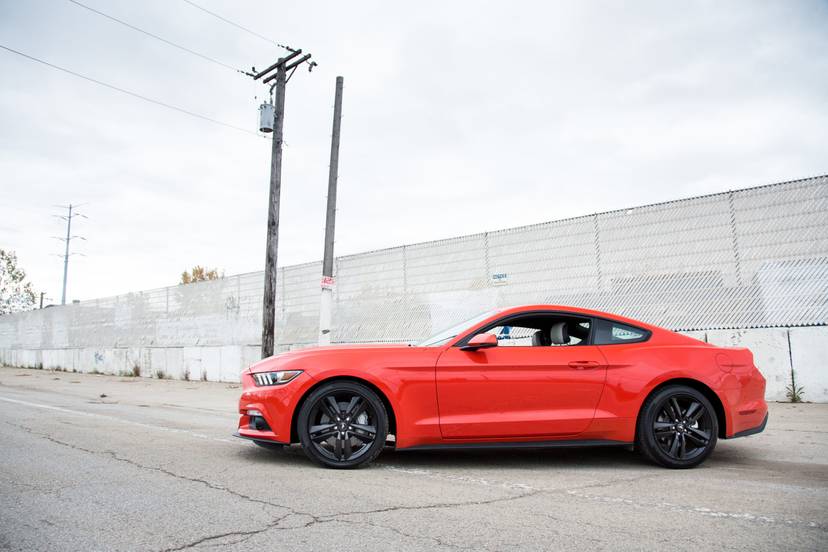
CARS.COM — The latest salvo in the Detroit muscle car wars has been fired from Dearborn, and it’s going to land squarely in Chevrolet’s yard. The 2018 Ford Mustang is here, sporting more power, a new transmission, suspension refinements and new options to keep the original pony car fresh and competitive well into its fifth decade.
Related: 2018 Ford Mustang GT’s Magic Numbers Are 4-6-0: 460 HP, 4 Seconds to 60
I recently flew to Malibu, Calif., for a first drive of the new Mustang and came away both impressed and concerned — impressed by the Mustang’s abilities in both four-cylinder turbo and eight-cylinder monster guise, and concerned about how expensive America’s iconic sports car has become.
Looks… Like a Mustang
Despite the fact that the Mustang got a mild makeover, you’d be forgiven for not really noticing. Instead of the upswept headlights of the 2017 model, now you get more droopy-eyed headlights in the 2018. The hood and fenders are slightly reshaped, and a newly angular lower bumper is fitted, but the overall look isn’t very different at all. Ford supposedly also restyled the back end, but damned if we can spot how.
And that’s actually OK, as the current shape of the Mustang is probably the best-looking one since the original ’64 thanks to classic cues combined with modern equipment. It’s exceedingly hard to update a classic icon, so Ford has wisely chosen to take a more conservative approach to modifying a good thing.
A Choice of Heart
For 2018, powertrain choices have been simplified with the discontinuation of the naturally aspirated 3.7-liter V-6 engine, leaving the turbocharged 2.3-liter EcoBoost four-cylinder and fire-breathing 5.0-liter V-8. Both have seen output increases: The turbo four still makes 310 horsepower but is up to 350 pounds-feet of torque, 30 pounds-feet more than last year. The V-8 has had its fuel system thoroughly redone and now pumps out a hefty 460 hp and 420 pounds-feet of torque, up from 2017’s 435 hp and 400 pounds-feet.
Either engine can be had with a six-speed manual transmission, reworked for the V-8 to now have a twin-disc clutch and dual-mass flywheel, or a new 10-speed automatic transmission. Power goes to the rear wheels with either powertrain. The suspension gets some modifications as well, with new shock absorbers for all Mustangs, new stabilizer bars and a new cross-axis joint for the rear suspension. The MagneRide electronic adaptive suspension is now available as an additional option when you specify the Performance Pack (this suspension was previously available only on the egregiously powerful Mustang GT350 track monster).
All of the engine and transmission combinations are entertaining, but the four-cylinder and V-8 cars feel like two very different animals. The EcoBoost turbo feels light, nimble and tossable, and it can be thrown into corners and transitions with ease. While the car is only 150 pounds lighter than the V-8 model (according to Ford engineers), the nose seems to exhibit much more responsive turn-in, and the front-to-rear balance feels more equal. With the exhaust track from the turbo engine (piped in through the audio system), you feel like you’re driving a Japanese sports compact car, not a chest-thumping American muscle machine.
The 10-speed automatic is amazingly well adapted to the power available from the turbo, and the upgraded brakes of the Performance Pack never faded once in 15 miles of twisty Latigo Canyon hairpins and switchbacks. This is a modern performance car that delivers massive smiles; you will run out of skill before it runs out of ability.
The V-8 is even more of a good thing. While it feels decidedly heavier, the newfound power and torque from the upgraded engine transforms the Mustang. Whereas the outgoing model always felt poky until you really put your foot into it, the new one is sprightly and immediate in its delivery. Credit goes in part to that 10-speed automatic again: Pop the car into Sport or Sport Plus mode, and the transmission shifts to an aggressive sport configuration that holds lower gears, downshifts quickly and responds almost too urgently for street use.
The problem is, the Normal mode favors fuel-economy tuning, so finding a happy medium may be a challenge. Or, forgo the automatic entirely and shift yourself with the outstanding six-speed manual — which features a clutch and shift action so light, especially when compared with competitors like the stick-shift Dodge Challenger, that you find yourself shifting a lot more often simply because there’s so little effort required to do it. Suffice it to say, there isn’t a bad powertrain combination in the Mustang anymore — they’re all massively entertaining.
One option you’ll almost certainly want to specify is the Performance Pack. While the standard Mustang’s suspension is still highly capable, the upgraded brakes, stickier Michelin summer tires, sportier suspension and limited-slip differential all combine to make everything perform even better. On the GT V-8, you can also add the MagneRide suspension, which increases control and allows you to tune your Mustang for either track duty or grocery getting with just a couple of switch flips. Consider this: All export Mustangs ship with the Performance Pack as standard equipment, which says to me that this is how the Mustang is really supposed to be equipped.
Inside, Tech Is the New Black
While the only immediately obvious visual difference to the interior are a couple of new seat patterns and colors, there are some real usability changes present. Ford has upped the available technology with some new electronics packages and features. Front and center is the new optional 12.4-inch digital cluster, a fully reconfigurable instrument panel that offers unprecedented levels of customizability and an ease-of-use that belies its creation by former video game designers.
There’s only one nagging issue with all of the Mustang’s electronics: Switching between drive modes isn’t all that simple. For instance, you have a choice of several modes (Normal, Sport Plus, Track, Drag and Snow/Wet). They’re selected by a toggle low and to the right on the dash, but the toggle goes only one way, so you have to cycle through them all to get where you want.
There’s also a Sport mode in addition to the Sport Plus mode, but you don’t select that with the toggle; instead, you choose it with the automatic transmission by pulling the shifter into S instead of D. But you can adjust the steering effort independently through a separate toggle. So engaging plain old Sport mode requires you to put the shifter in S and the steering toggle in Sport. Selecting Sport Plus via the other toggle adjusts more settings and makes it even more aggressive. Got that? Took me a while, for sure.
And then there’s the optional electronically adjustable exhaust. There are four different settings for the exhaust, ranging from Silent to Track, which are accurate descriptions. You can even set the Silent setting to activate between certain hours, so as not to disturb your neighbors (or to sneak home late and not alert your spouse … or so I imagine). But before you put it in Track mode, make sure you’ve finished any conversations with passengers — the noise is formidable. Ford does augment the natural exhaust sound with some piped-in soundtrack, but who cares? It only makes the whole experience sound amazing.
Save Your Pennies for These Ponies
The problem starts when you look at how much this whiz-bang technology and sophistication will cost you. The base price for a new 2018 Mustang EcoBoost with a standard manual transmission is $26,485 including destination charge (interestingly, this is almost exactly what my old 1997 Mustang SVT Cobra cost new). Add an automatic transmission for $1,595. Unfortunately, the price quickly climbs from here — if you want Sync 3, a nine-speaker stereo and rear parking sensors, they’re part of a $2,000 package. There are several more packages you can specify as well, including the Performance Package ($2,495 for the EcoBoost, $3,995 for the GT), various wheel and tire packages, the MagneRide suspension, the fancy exhaust, premium audio and more.
You can add everything up and pay nearly $44,000 for a four-cylinder Mustang, or go nuts and get a loaded GT convertible for more than $58,000. While not as pricey as the track-oriented GT350, it’s still an amazing amount of money for an American pony car. Want the best bang for the buck? Go for an EcoBoost fastback manual-transmission model and specify just one option: the Performance Pack. Cloth seats, no Sync 3, no fancy audio or even backup sensors — but you’ll get a highly entertaining, damned good-looking, 310-hp, turbocharged four-seat sports car for less than $29,000 out the door.
In defense of the higher price, however, you get a pony car that’s more sophisticated, more capable, better built and better looking than ever before. Either powertrain can hang with cars costing thousands of dollars more from European luxury brands that you wouldn’t normally expect to compete with a Ford. But the new Mustang can and does show those brands its taillights. It’s not just the best Mustang Ford’s ever built, but it might just be the best sports car they’ve ever done.
Cars.com’s Editorial department is your source for automotive news and reviews. In line with Cars.com’s long-standing ethics policy, editors and reviewers don’t accept gifts or free trips from automakers. The Editorial department is independent of Cars.com’s advertising, sales and sponsored content departments.






























